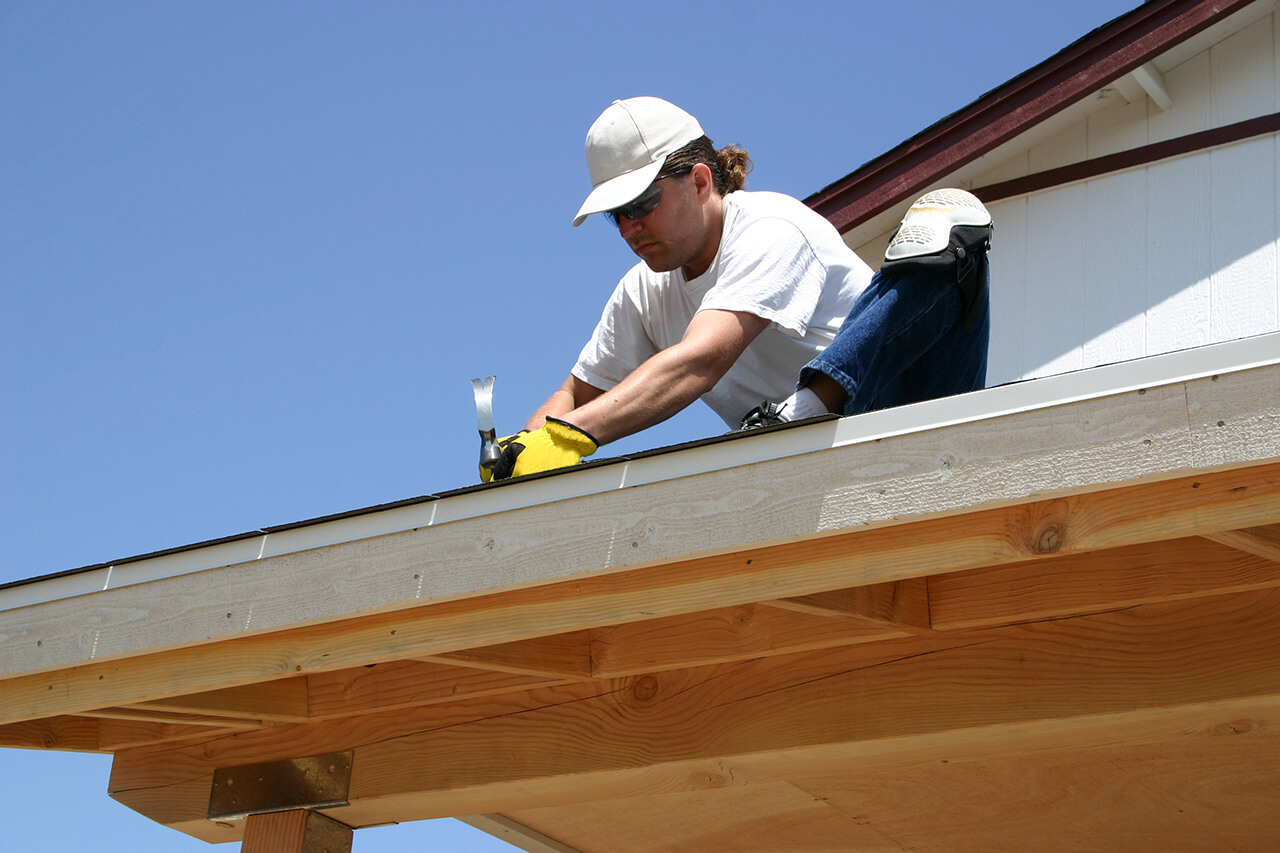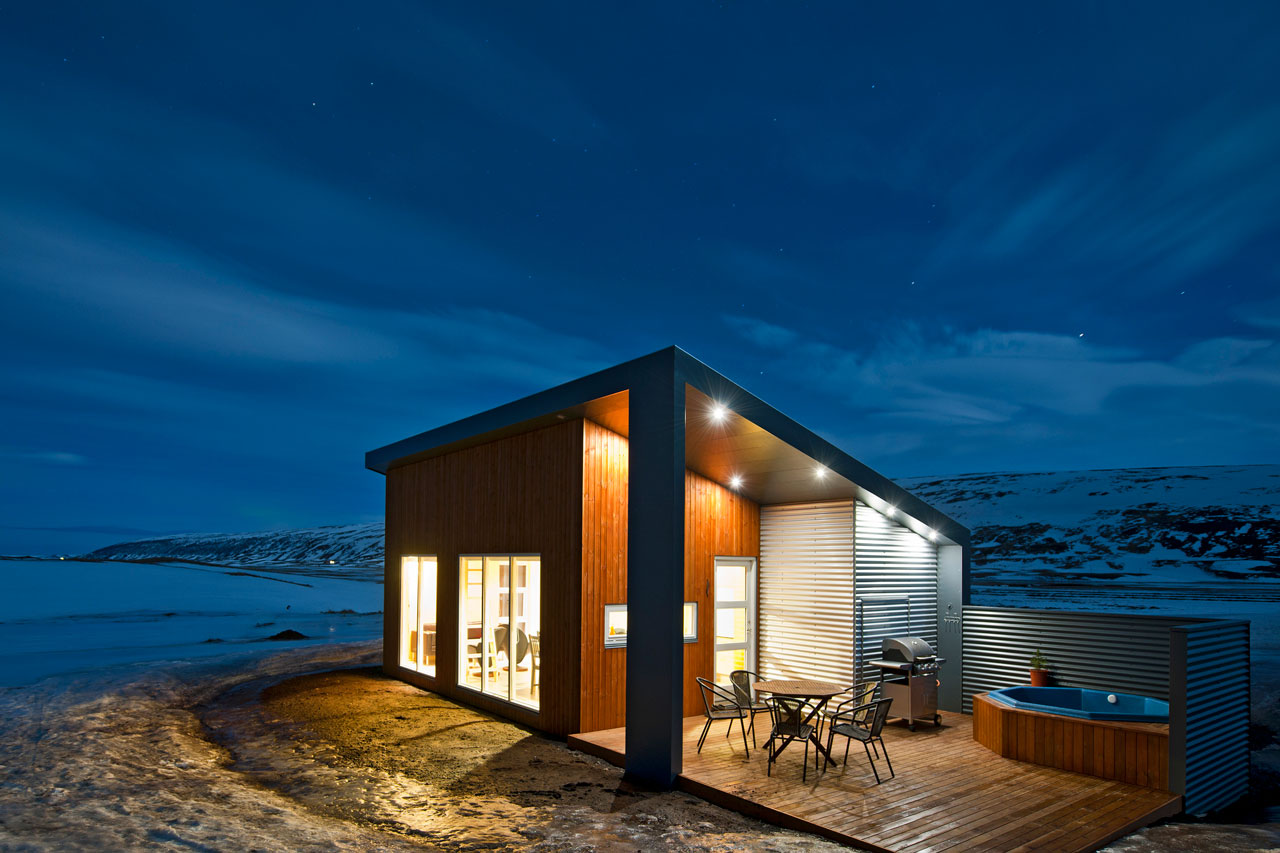Resource Center
Tips and tools to help you tackle any home project.


Popular projects near you
- from $1,890
Home Cleaning
from $85Roof Repair
from $594Fence Repair
from $380Appliance Repair
from $264Pest Control
from $186Gutter Services
from $575Plumbing Services
from $210
Explore top articles
From average costs to expert advice, get all the answers you need to get your job done.

Budget for the cost to remodel a small bathroom based on factors such as required fixtures, bathroom size, labor, remodel type, site prep, and more.

Use this guide to budget for roof repair costs based on factors such as roof condition, materials, size, repair type and severity, and more.

Budget for solar water heater costs based on factors such as system type, collector type, location in the home, labor, tax credits, and more.

Discover the cost to build a steel home and determine how the home type, size, finishes, systems, and labor fees affect your final project price.

How much it costs to build a home depends on several factors—primarily the size, design, materials used, and local cost of living. Our guide breaks down what you need to know.

Budget for water heater flush costs based on factors such as water heater size and type, the plumber’s experience level, related services, and more.






